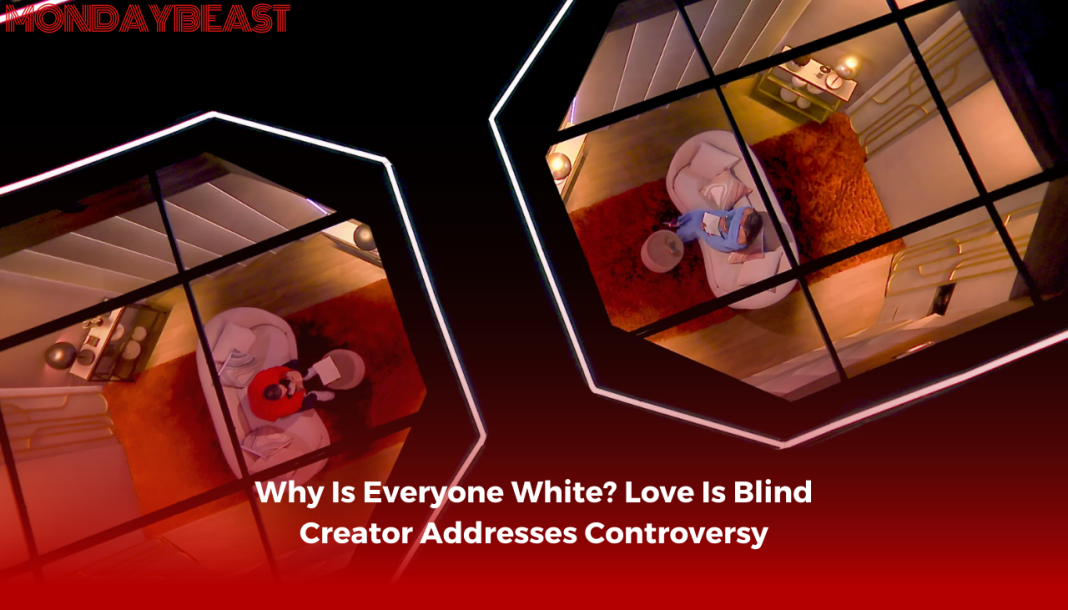The question echoes through the Twitter feeds. Why is everyone white on this season of ‘Love Is Blind’? Fans have taken to social media, expressing their frustrations over the show’s lack of diversity. With so many contestants sharing similar features, it’s hard not to feel a tinge of disappointment. Many viewers feel disappointed, and it makes one wonder about the broader implications of such casting. Reality TV holds a mirror to society, doesn’t it?

In an interview with Entertainment Weekly, Chris Coelen, the creator of ‘Love Is Blind’, responded to the backlash. ‘The casting choices weren’t deliberate,’ he explained. According to him, casting happens naturally, almost organic. But how do we reconcile that with the stark reality of this season’s cast? Some might question whether a more intentional approach is necessary.
Coelen revealed that typically, the casting team aims for diversity. In previous seasons, about half of the contestants were non-white. This time, that figure dropped to around 30%. He insisted that initial diversity sometimes falters by the time filming begins. It’s a complex web of connections that fail to form, leading to the current on-screen representation. But does that truly excuse the apparent lack of variety? It feels like an open question for the audience.

The essence of ‘Love Is Blind’ revolves around forming connections without the superficial elements of dating. From day one, singles step into the pods, eager to find their soulmate. The goal is to create a melting pot of relationships—dynamics should unfold naturally. Yet, with a decidedly less diverse cast, can we still expect that? Coelen seems to think so, but many viewers disagree.
Social media criticism has been relentless. Comments flood platforms like Twitter and Instagram, highlighting the similarities between many male contestants. One user quipped, “Did they run out of names?” It’s an amusing observation, yet it underscores a deeper issue. Reality TV thrives on diversity, showcasing a spectrum of personalities and backgrounds. When that diversity diminishes, so too does the potential for rich storytelling.

Another aspect that viewers are vocal about is the lack of memorable personalities in the current cast. In past seasons, certain cast members stood out, sparking conversations that lasted long after the final episode aired. Is this season missing that crucial element? Personalities seem to blend, making it easy to forget names and stories. This raises a valid point: can a reality show truly capture the essence of love in a homogeneous setting?
Ultimately, Coelen emphasizes that they strive to seed the pods for the best outcomes. This includes various backgrounds, body types, and financial statuses in casting decisions. However, one has to wonder: at what point does a desire for authenticity collide with a need for representation? The reality is complex, and this issue stirs emotions on all sides.
In conclusion, diversity in media matters. It influences perception, affects emotions, and shapes narratives. Whether or not ‘Love Is Blind’ can find its way back to a canvas as vibrant as its predecessor seasons remains to be seen. With viewers increasingly vocal about representation, can Coelen assure them that love truly sees beyond race? The answer lies not only in casting but in how we, as a society, choose to watch and engage with such stories.




